Crude Oil Storage Tanks: Everything You Need to Know
Crude oil storage tanks are essential to the global oil industry. Without them, transporting, refining, and marketing crude oil would be nearly impossible. These tanks serve as temporary holding systems in oil terminals, refineries, and transportation hubs. Whether aboveground or underground, their design, capacity, and safety features are critical to efficient operations.
In this article, we’ll explore how crude oil storage tanks function, the different types available, their significance in the oil value chain, and what the future holds for tank storage systems.
Understanding Crude Oil Storage
After crude oil is extracted, it must be stored before refining or transport. This is where storage tanks come into play. They help regulate supply and demand, especially when production rates are higher than processing or export capacities.
Moreover, crude oil storage provides a buffer during market fluctuations. For instance, when prices drop, oil companies may store crude and sell when prices rise. This flexibility makes storage a key part of oil trading strategies.
Types of Crude Oil Storage Tanks
Different situations require different tank types. Therefore, engineers design tanks to match specific needs, whether it’s safety, cost-efficiency, or capacity. Here are the main types:
1. Fixed Roof Tanks
These tanks have a roof permanently attached to the shell. Typically used for low-volatility crude, they are simple and cost-effective.
Advantages:
- Lower installation cost
- Minimal maintenance
Limitations:
- Not ideal for volatile substances due to vapor buildup
2. Floating Roof Tanks
In contrast to fixed roof tanks, these have roofs that rise and fall with the oil level. As a result, they reduce vapor space and emissions.
Advantages:
- Better for storing light crude
- Lower evaporation losses
Limitations:
- More expensive to build and maintain
3. Bullet and Spherical Tanks
These are usually pressurized and used for gas liquids rather than crude. Even though they are less common in crude oil storage, they are vital for storing derivatives.
Materials and Construction
Crude oil tanks are mostly built using carbon steel. This material is durable and cost-efficient. However, for areas prone to corrosion, stainless steel or lined tanks may be used.
In addition, tank design must meet international safety and environmental standards. These include leak prevention, spill control, and fire resistance. Strict regulations ensure these tanks are both safe and environmentally friendly.
Capacity and Size
Tanks vary greatly in size. Some may hold just 50 barrels, while others store millions. Large-scale facilities often group tanks together in what’s called a “tank farm.”
Your storage needs will depend on factors such as:
- Volume of oil handled
- Duration of storage
- Location and available space
- Local and international regulations
Consequently, choosing the right tank requires strategic planning.
Strategic Importance in the Oil Industry
Storage tanks are not just containers—they’re economic tools. During oil price drops, companies often store crude instead of selling. Later, when prices increase, they release it to the market for higher profits.
Moreover, governments use tanks to create strategic petroleum reserves. These are vital for national energy security and can stabilize supply during crises.
Tank Farms and Logistics
Tank farms are large facilities that hold multiple tanks in one location. They act as hubs, connecting production sites, pipelines, ports, and refineries. In many cases, they also offer blending, metering, and safety services.
DLC Logistics B.V., for example, operates advanced tank farms across Europe. By combining technology with best practices, these facilities meet the demands of a fast-moving oil market.
Environmental and Safety Considerations
Handling crude oil involves risk. Therefore, safety systems are non-negotiable. Crude oil tanks are designed with built-in protection such as:
- Secondary containment basins
- Fire suppression systems
- Vapor recovery units
- Overfill prevention alarms
- Emergency response protocols
Additionally, regular inspections and cleaning reduce the chance of equipment failure and contamination.
Digital Innovation in Tank Management
Technology now plays a big role in crude oil storage. For instance, many tanks use IoT sensors to monitor fill levels, temperature, and pressure in real time.
AI tools also predict wear and tear, helping companies carry out maintenance before problems arise. As a result, digital tools improve safety, reduce downtime, and enhance decision-making.
Challenges in Crude Oil Storage
Despite their benefits, storage tanks face several challenges:
- High maintenance costs
- Environmental risks from spills or leaks
- Market volatility affecting usage rates
However, ongoing innovation and better regulation are helping overcome these issues.
Future of Crude Oil Storage
The future points toward smarter, greener tanks. The following trends are shaping this evolution:
- AI-powered maintenance and monitoring
- Hybrid tanks for multiple fuel types
- Integration with renewable energy sources
- Carbon capture technologies
- Smart inventory and supply chain integration
By embracing these advances, the industry can meet growing energy needs while staying environmentally responsible.
Conclusion
Crude oil storage tanks are the unsung heroes of the global oil industry. They ensure stable operations from extraction to refining and trading. With growing energy demands and rising environmental standards, storage solutions must evolve rapidly.
By understanding the function, types, and benefits of these tanks, businesses can make smarter decisions. Whether you’re a trader, operator, or investor, quality storage is key to success in the oil business.
Expanding Your Fuel Supply Knowledge
While fuel blending enhances operational performance, understanding how to manage petroleum supply at scale can drive even greater value. If you’re looking to grow in fuel trading or bulk procurement, our detailed Ultimate Petroleum Wholesale Guide offers valuable insights into wholesale strategies, sourcing, and pricing
Contact Kazakhstan Trans Petroleum, LLP
Are you seeking premium refinery services, advanced fuel solutions, or strategic petroleum partnerships in Kazakhstan?
Kazakhstan Trans Petroleum, LLP is ready to support your energy goals with innovation, capacity, and sustainability.
📩 Get in touch with us today to explore our refinery capabilities or collaborate on large-scale supply chain projects.
